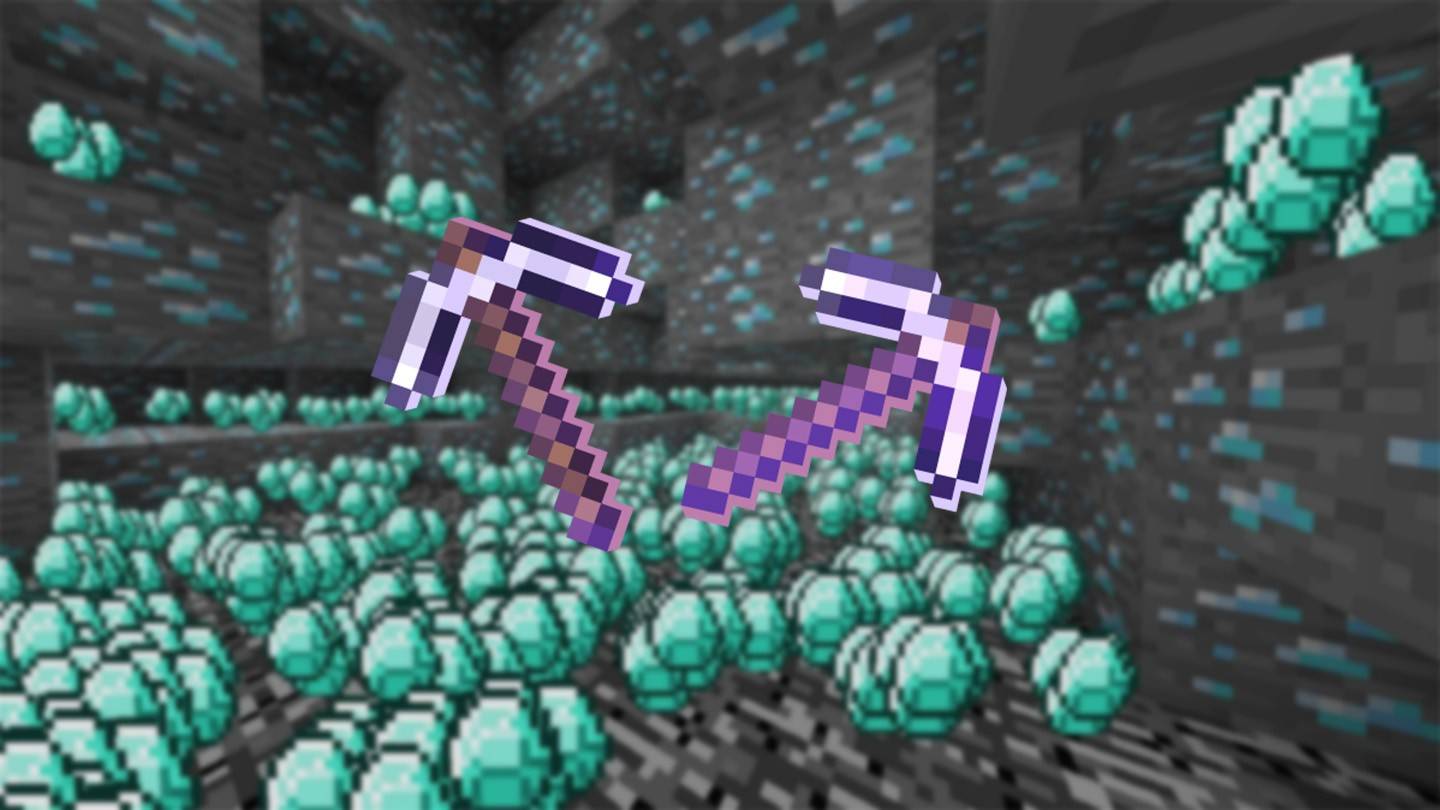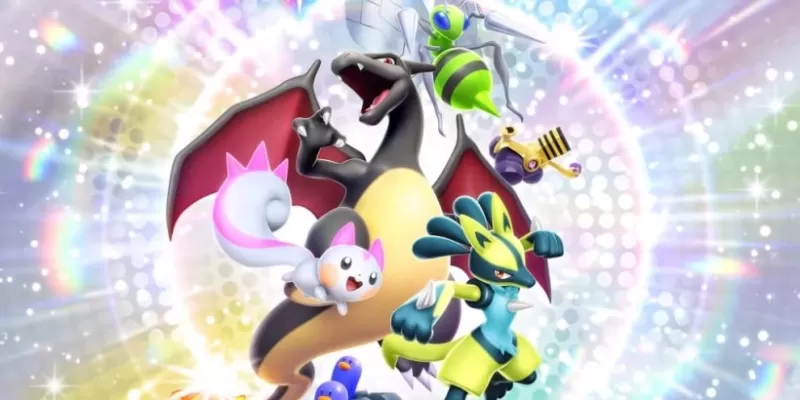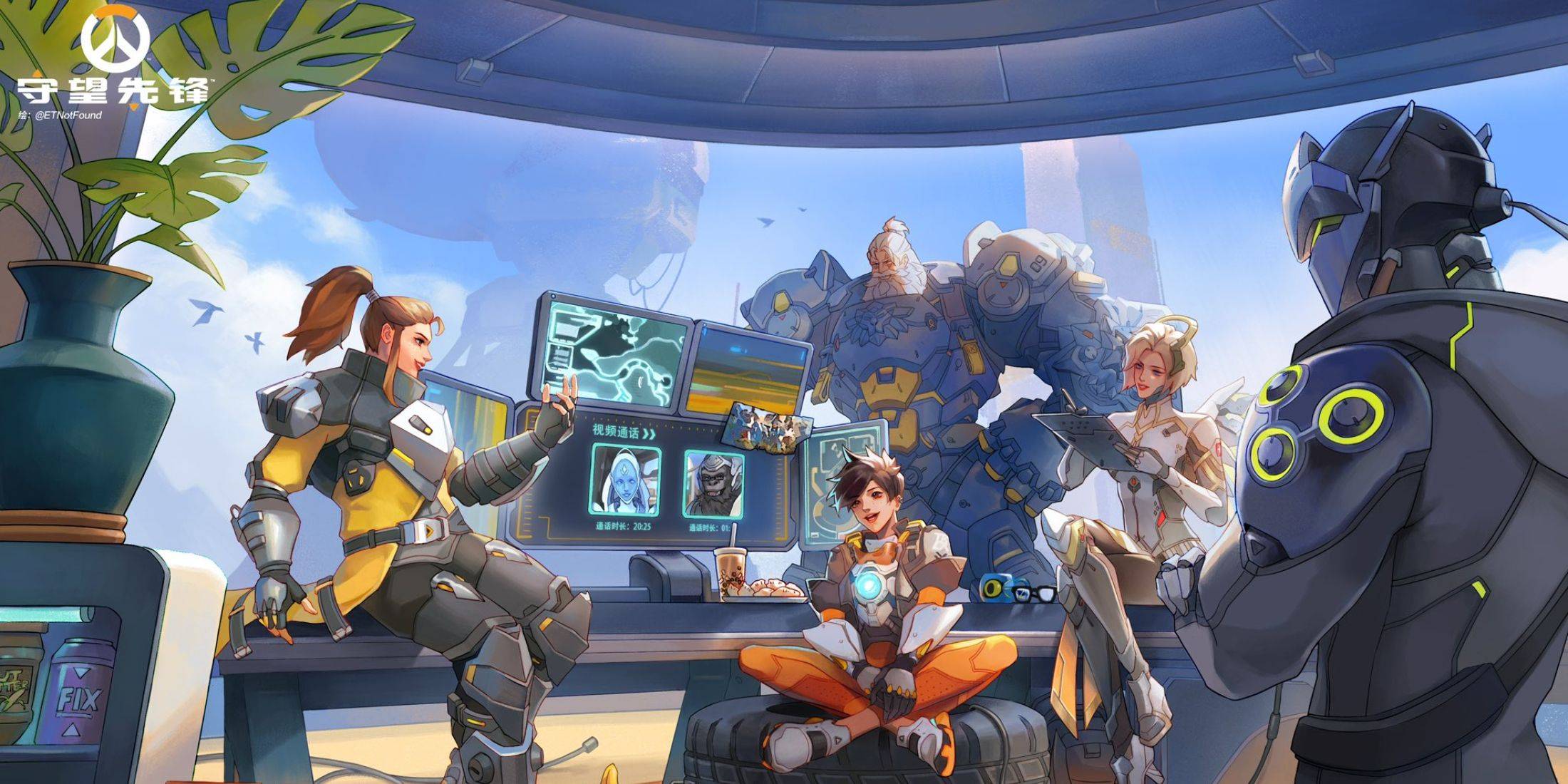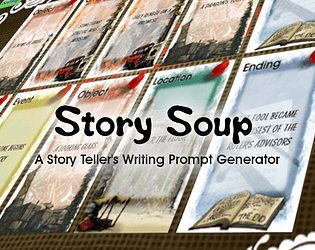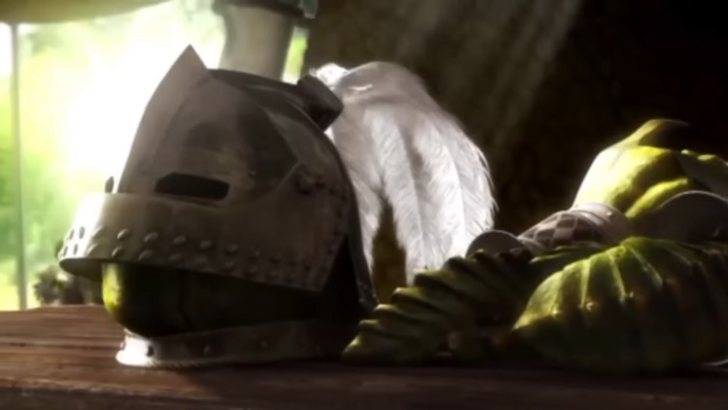
The narrative of Monster Hunter is often dismissed as simplistic due to its mission-based structure, but a closer look reveals a rich tapestry of themes and stories. Let's delve deeper into the series' narrative evolution and explore its underlying messages.
← Return to Monster Hunter Wilds' main article
Evolution of Narratives in Monster Hunter
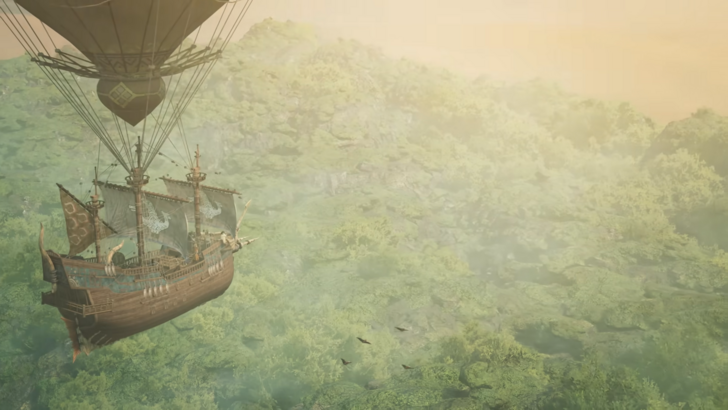
While the Monster Hunter series is not primarily narrative-driven, it does not mean the story is absent. The game's mission-based design often overshadows the narrative, leading many to believe the story is secondary. However, a deeper exploration reveals a more nuanced narrative that goes beyond mere monster hunting.
How It All Starts
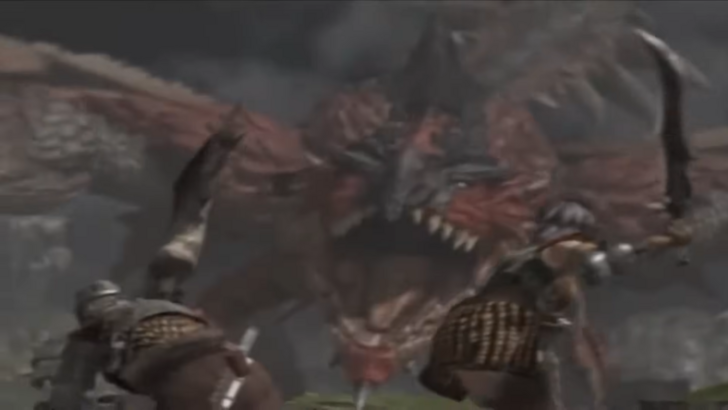
In most Monster Hunter games, the journey begins with you as a novice Hunter taking on quests from village elders or leaders. As you progress, you ascend the ranks, tackling increasingly formidable monsters until you confront the final boss, such as Fatalis in the original game. This consistent structure is present throughout the series, even as newer titles like World, Rise, and their expansions introduce more structured storylines.
Protecting the Natural Order
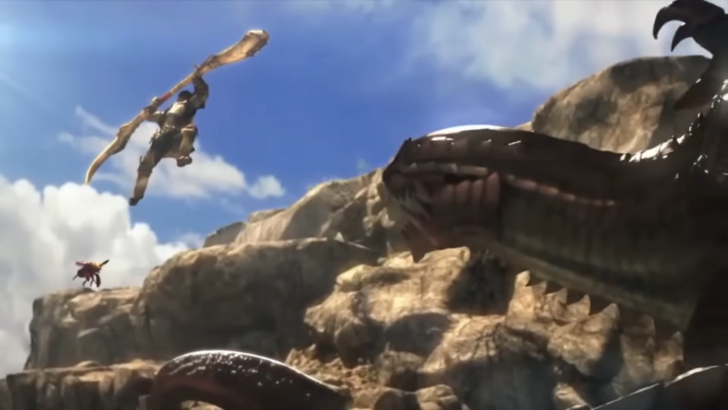
A recurring theme in the series is the Hunter's role in maintaining ecological balance. For instance, in Monster Hunter 4, the Gore Magala's Frenzy Virus threatens the ecosystem, making monsters more aggressive. The narrative positions the Hunter as the savior who must restore balance by defeating the Gore Magala.
Monster Hunter: World and its expansion, Iceborne, further explore this theme. The base game ends with the Hunter being hailed as the "Sapphire Star," a guiding light tied to the in-game creation myth, The Tale of the Five. This suggests the Hunter's role as a guardian of nature. However, Iceborne's ending takes a more reflective tone, questioning humanity's understanding of nature's self-sustaining balance. This narrative arc underscores the theme that nature will find a way to survive, with or without human intervention.
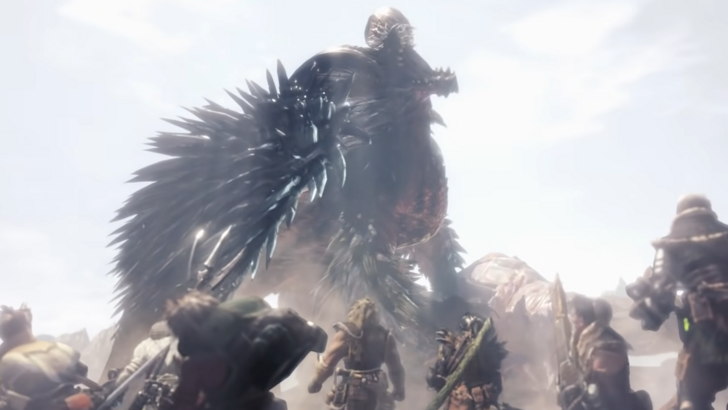
Monster in the Mirror
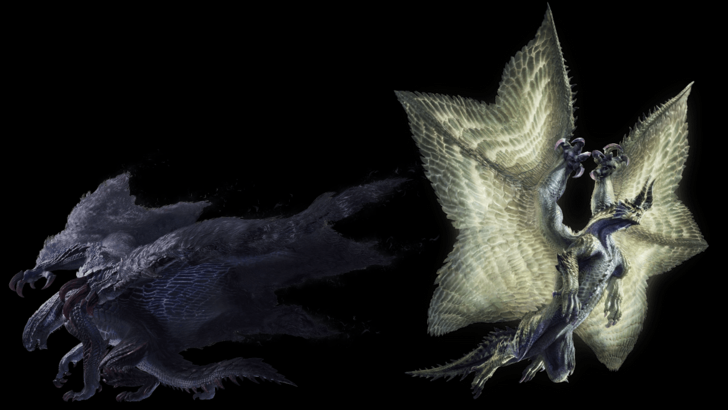
The series often mirrors the player's journey with that of the monsters. After defeating the Gore Magala in MH4, it evolves into the Shagaru Magala, reflecting the player's progression and the monster's adaptation. This thematic approach suggests a mutual learning process between Hunters and monsters.
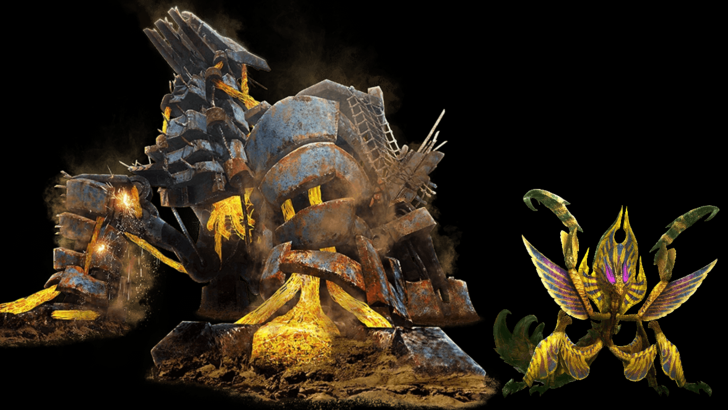
The Ahtal-Ka in Monster Hunter Generations Ultimate exemplifies this concept. Initially underestimated, it transforms into a formidable opponent by constructing a mechanical fortress, the Ahtal-Neset, and using weapons similar to those of the Hunters. This reflects the series' theme of nature adapting to human influence, showcasing the ingenuity of both the Hunter and the monster.
Man Versus Wilds: Your Story
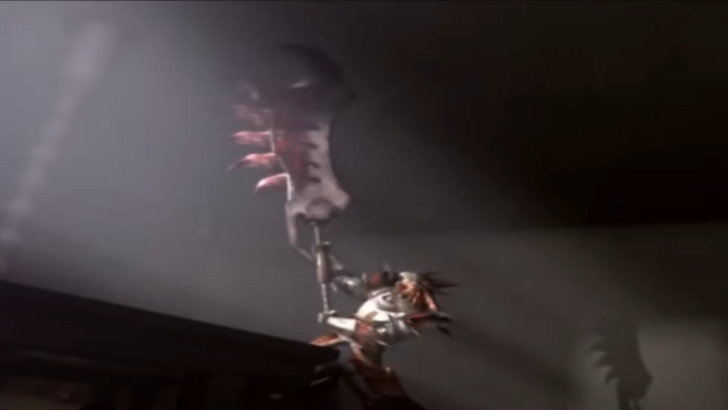
At its core, Monster Hunter is about the player's journey of growth and mastery. The series captures this through memorable encounters, such as the initial confrontation with the Tigrex in Monster Hunter Freedom 2. Starting with weak gear, the player is thrown off a cliff, setting a clear goal: to overcome the monster that nearly ended their journey.
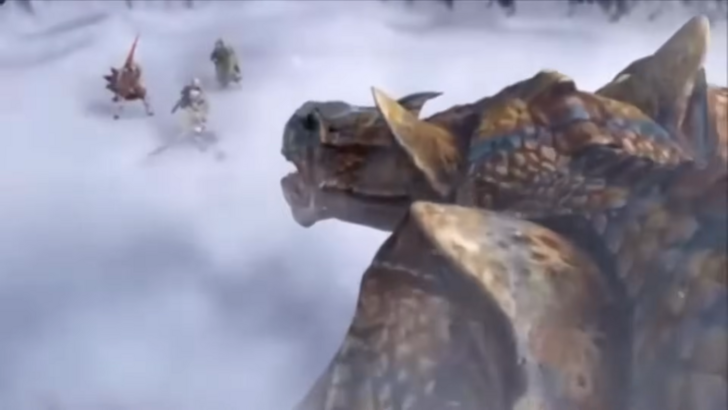
As players progress, they return to the same location, empowered and ready to face the Tigrex again. This narrative loop of challenge and triumph is central to the series' appeal, resonating with players much like the Souls series, where overcoming seemingly impossible challenges is key to enjoyment.
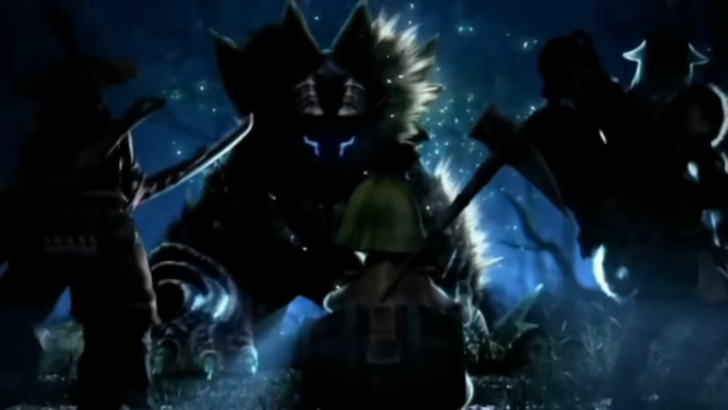
The newer titles, such as Monster Hunter Wilds, are shifting towards more explicit storytelling, yet the core experience remains personal and impactful. While the narratives may not be the most intricate, they weave a compelling journey of perseverance and growth that leaves a lasting impression on players.

